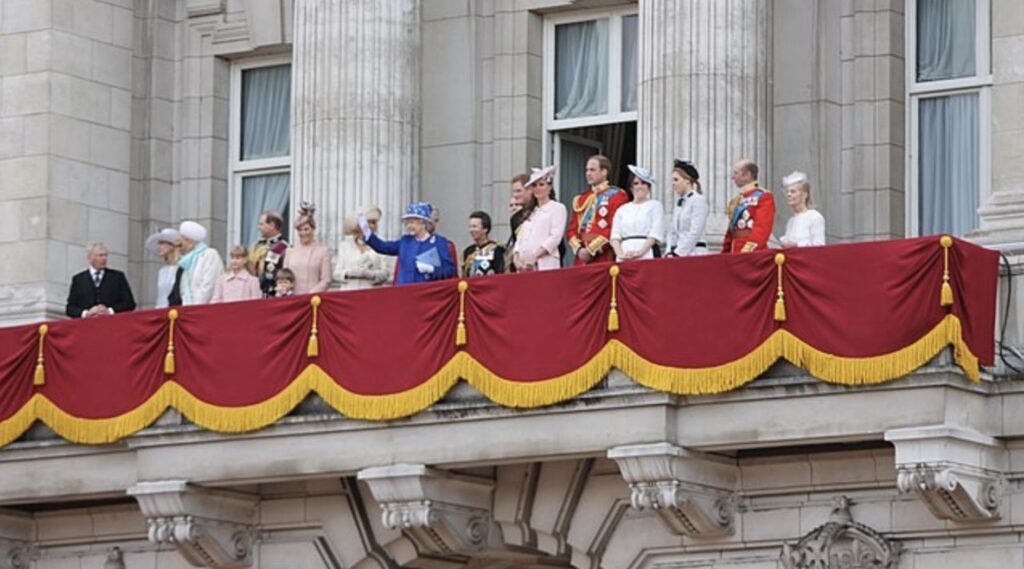Throughout history, royal families, especially the British monarchy, have captivated the world with their opulence, traditions, and, unavoidably, their scandals. From forbidden loves to modern-day exits, the lives of royals are far from the fairy tales often portrayed.
This article looks at some of the most significant scandals that have shaken the foundations of royalty, revealing the complexities and challenges hidden behind the crown.
A Royal Affair: Charles and Diana’s Rocky Marriage
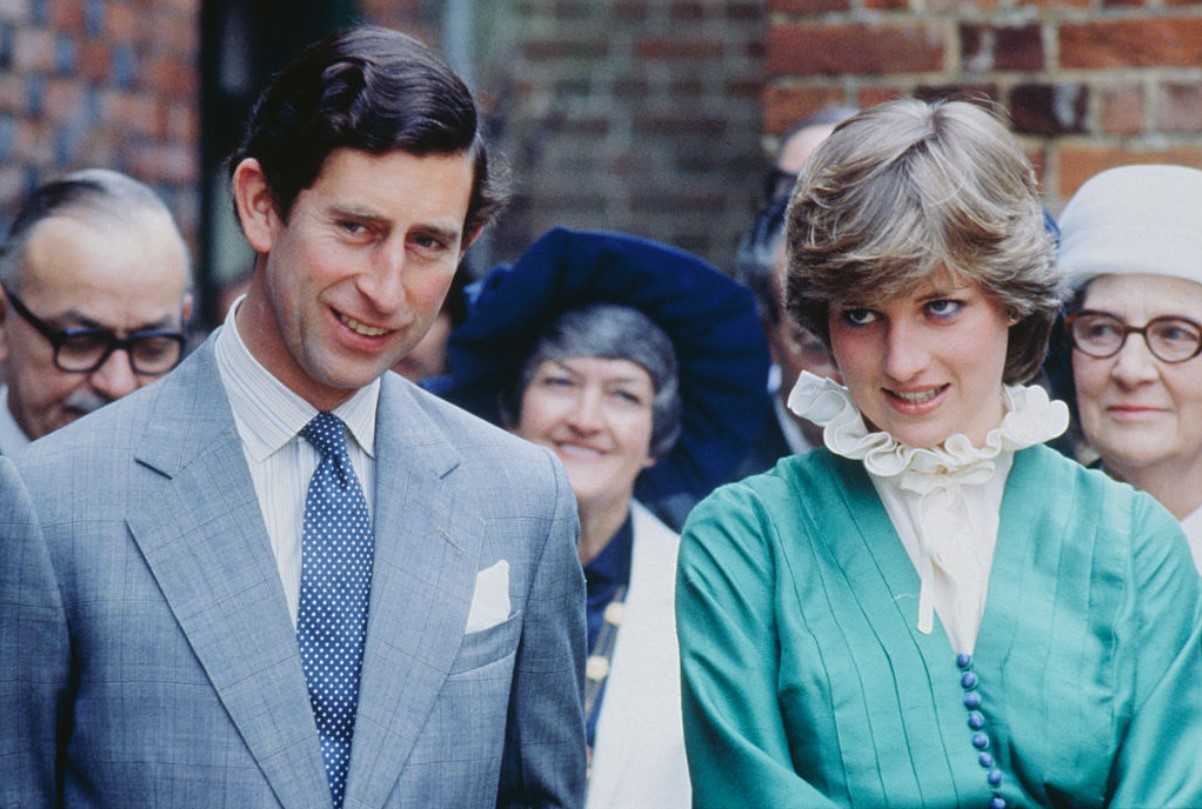
The union of Prince Charles and Princess Diana was once considered a fairy tale but turned into one of the most publicized royal scandals. Their troubled marriage, marked by infidelity and media scrutiny, highlighted the immense pressures of royal duties.
Diana’s admission of a “crowded” marriage shed light on the personal struggles faced by those in the royal spotlight, challenging the narrative of a perfect royal life and opening up discussions on the realities of marital expectations within the monarchy.
Edward VIII’s Abdication
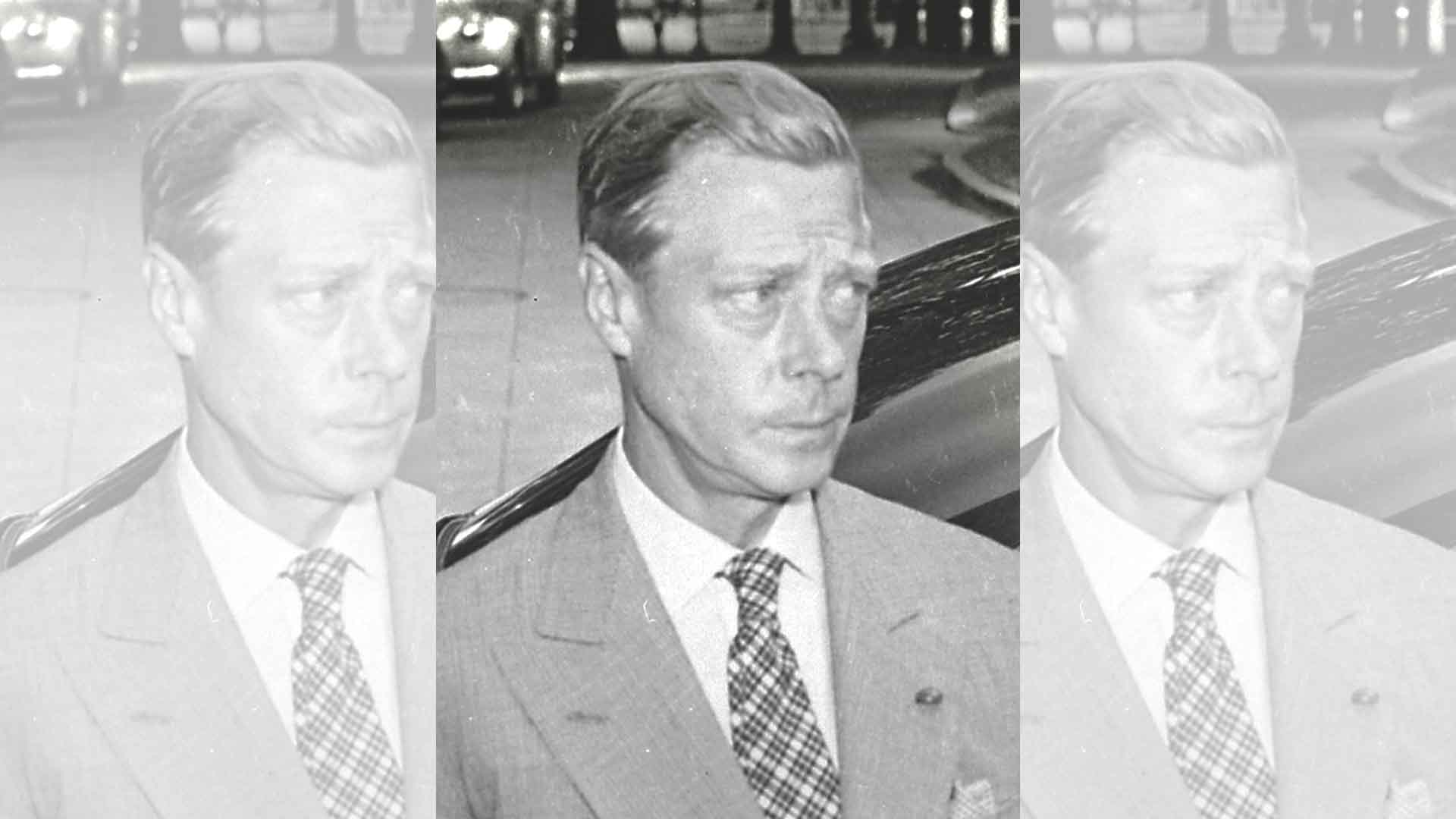
Edward VIII’s abdication for the love of Wallis Simpson, an American divorcee, in 1936 was a scandal that reverberated around the world. His choice to abandon the throne for personal happiness marked a historic crisis, challenging royal protocols and altering the future of the British monarchy.
This event underscored the often conflicting demands of personal desires and royal duties, illustrating the intense scrutiny and rigid expectations placed upon royal individuals.
Harry and Meghan’s Bombshell Exit

Along a similar vein, the departure of Prince Harry and Meghan Markle from their senior royal roles in 2020 marked an unprecedented moment in modern royal history.
Citing oppressive media scrutiny and a lack of institutional support, their decision to forge a new path in the U.S. highlighted the challenges of contemporary royal life and the impact of public and media pressure on personal well-being, sparking worldwide discussions about the need for reform and understanding within royal protocols.
Princess Margaret’s Forbidden Love
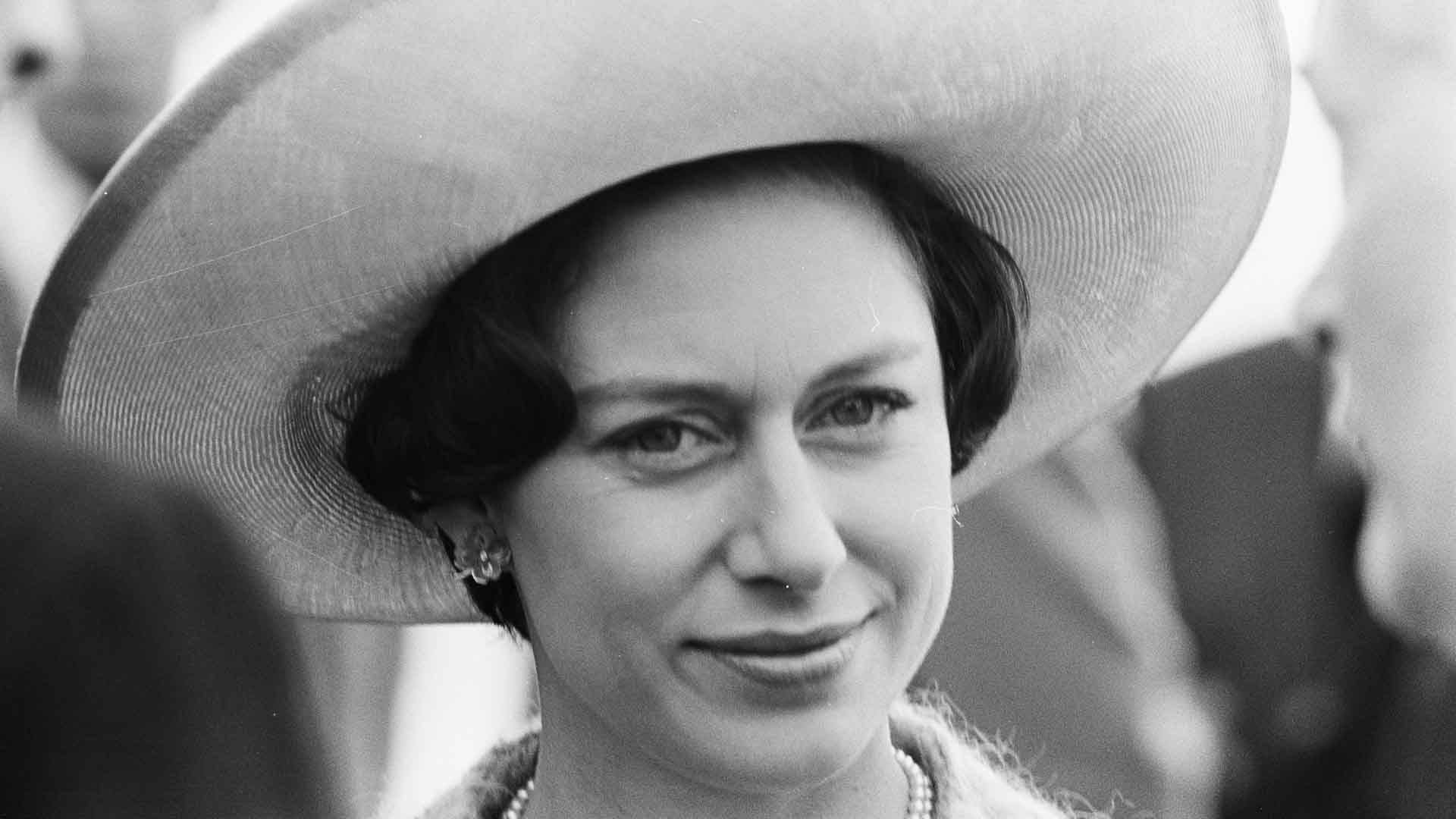
The story of Princess Margaret and Peter Townsend is a tale of love versus duty. They fell in love in 1952, but he was a divorcé. Their relationship, hindered by royal and religious conventions, showcased the sacrifices demanded by the crown and the personal costs associated with royal obligations.
Margaret’s decision to end the relationship illuminated the harsh realities of royal protocols and the weight of public expectation, contributing to the ongoing debate about the balance between personal happiness and royal duty.
Prince Andrew’s Controversial Ties
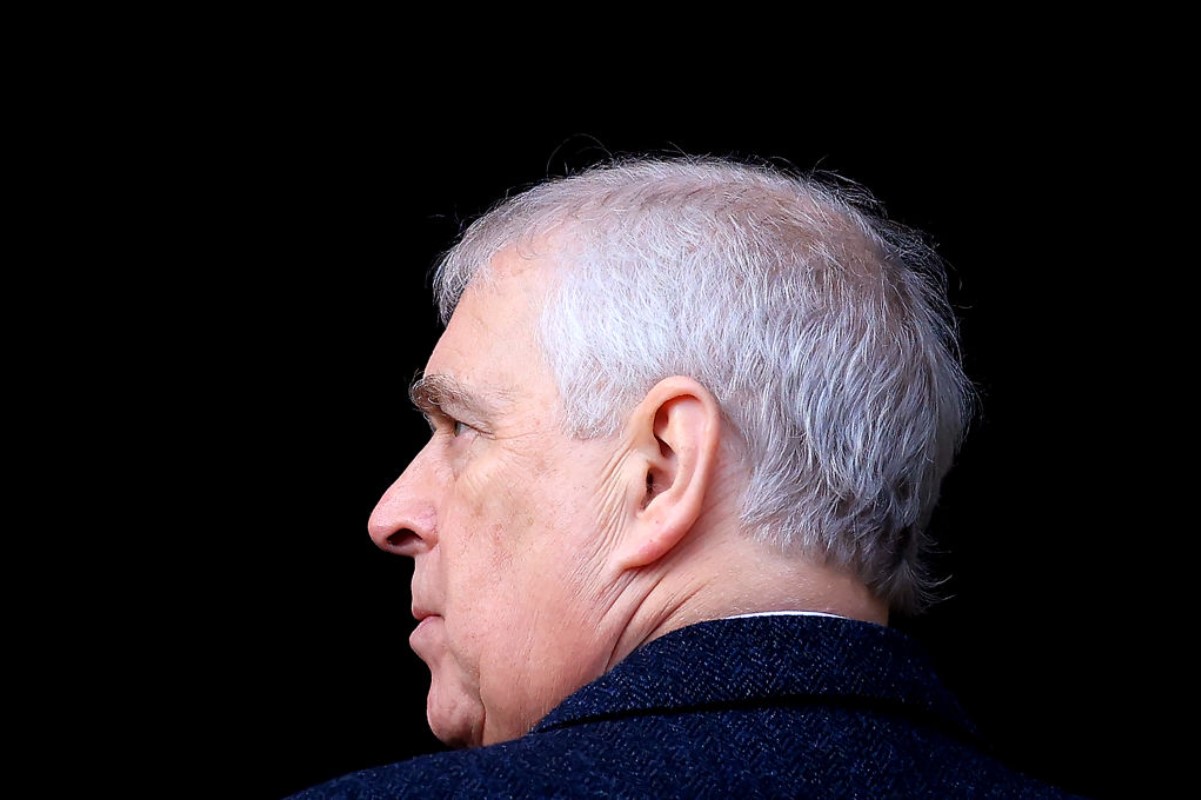
Prince Andrew’s ties with convicted sex offender Jeffrey Epstein and subsequent withdrawal from public duties has been a major scandal for the royal family, highlighting issues of accountability and privilege.
This controversy has challenged the monarchy’s image and raised questions about the standards to which royal family members are held, reflecting the broader societal demands for transparency and ethical conduct in public figures.
A Costume Gone Wrong: Prince Harry’s Nazi Outfit
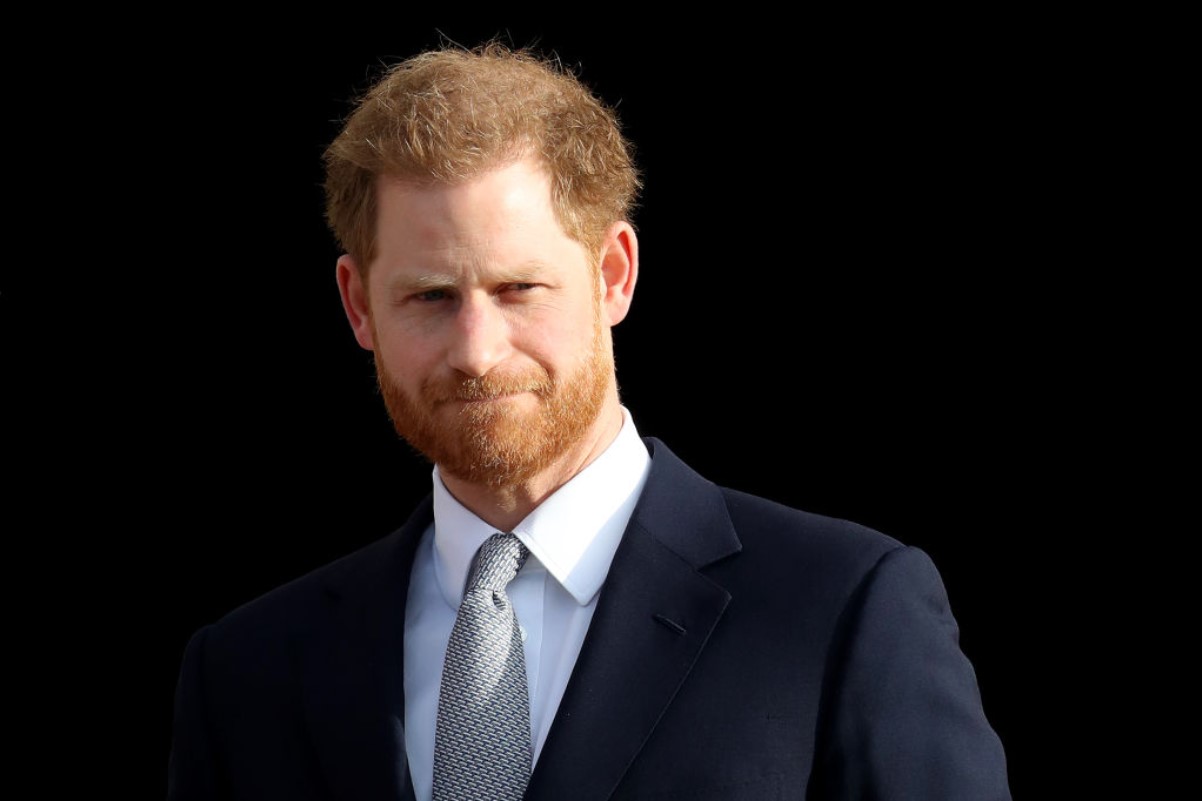
Prince Harry’s choice to wear a Nazi uniform at a costume party in 2005 sparked widespread condemnation and highlighted the young royal’s lapse in judgment.
This incident served as a harsh lesson in responsibility and the importance of public image for members of the royal family, showcasing the unique pressures faced by young royals growing up in the public eye and the expectations of conduct that come with royal status.
The Question of Archie’s Title and Race
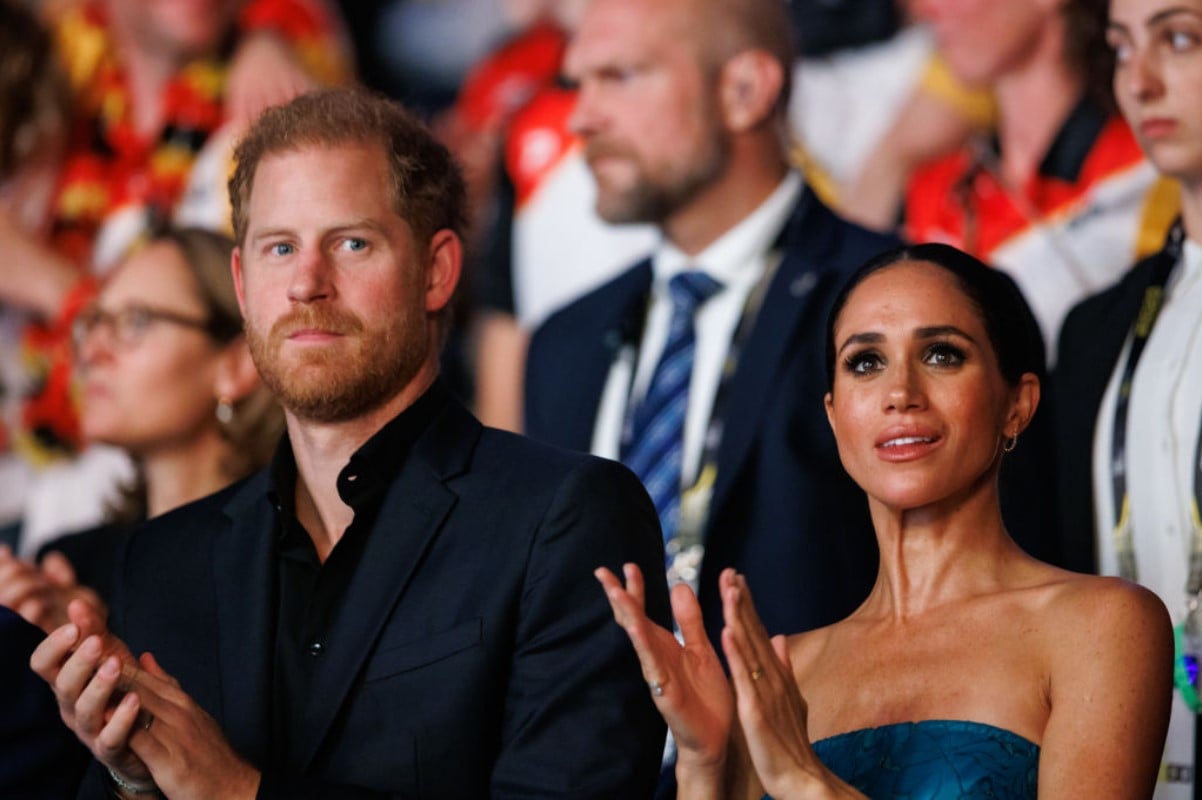
The controversy surrounding the title and security of Prince Harry and Meghan Markle’s son, Archie, brought to light discussions about race, tradition, and modernization within the monarchy. Harry and Meghan first discussed this during an interview with Oprah in 2021.
With race already being a sensitive topic for the royal family, this issue sparked further discussion about the need for progression and inclusivity within the institution.
Camilla’s Journey from Lover to Queen Consort
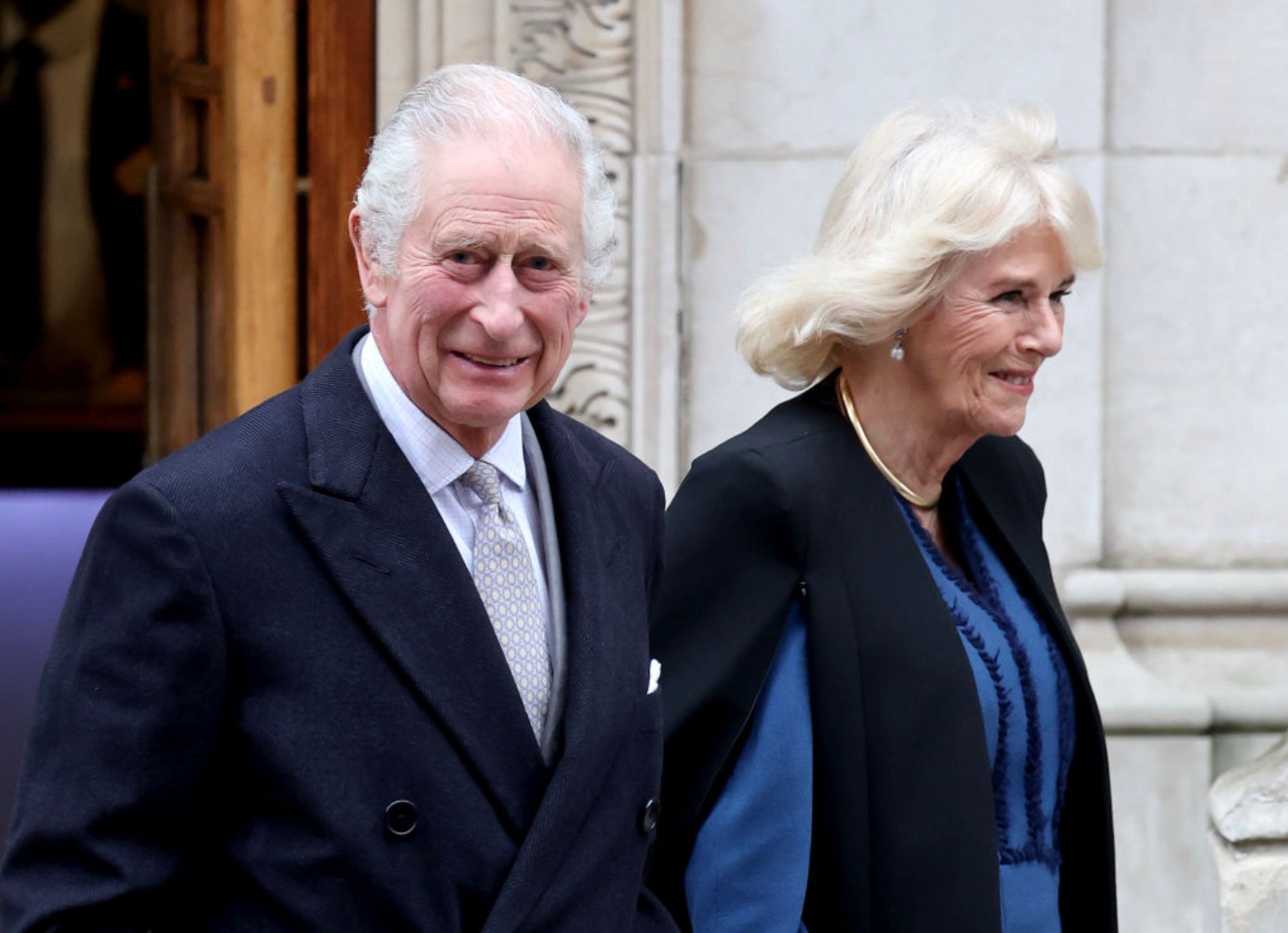
The transformation of public perception regarding Camilla Parker Bowles, from the “other woman” to a respected member of the royal family, reflects broader societal changes and the monarchy’s adaptation to contemporary attitudes.
Her journey highlights the complexities of love, scandal, and redemption, challenging traditional narratives and highlighting the evolving standards of acceptance and forgiveness within royal life and society at large.
The Annus Horribilis
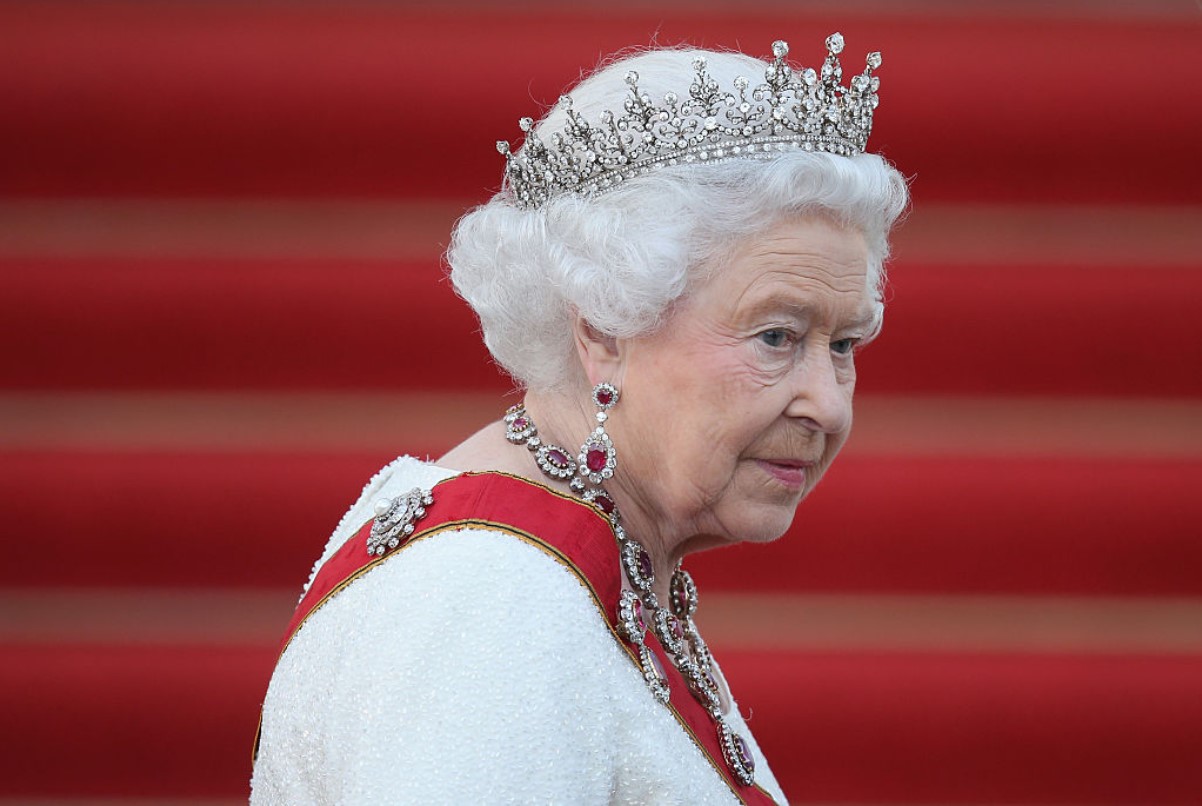
1992, referred to by Queen Elizabeth II as “annus horribilis,” was a year marked by a series of royal setbacks and scandals, including marriage difficulties for three of her children.
This term encapsulates the trials and tribulations faced by the royal family during that time, showcasing their vulnerability to personal and public challenges and highlighting the relentless scrutiny and expectations placed upon them.
Lady Susan Hussey’s Resignation
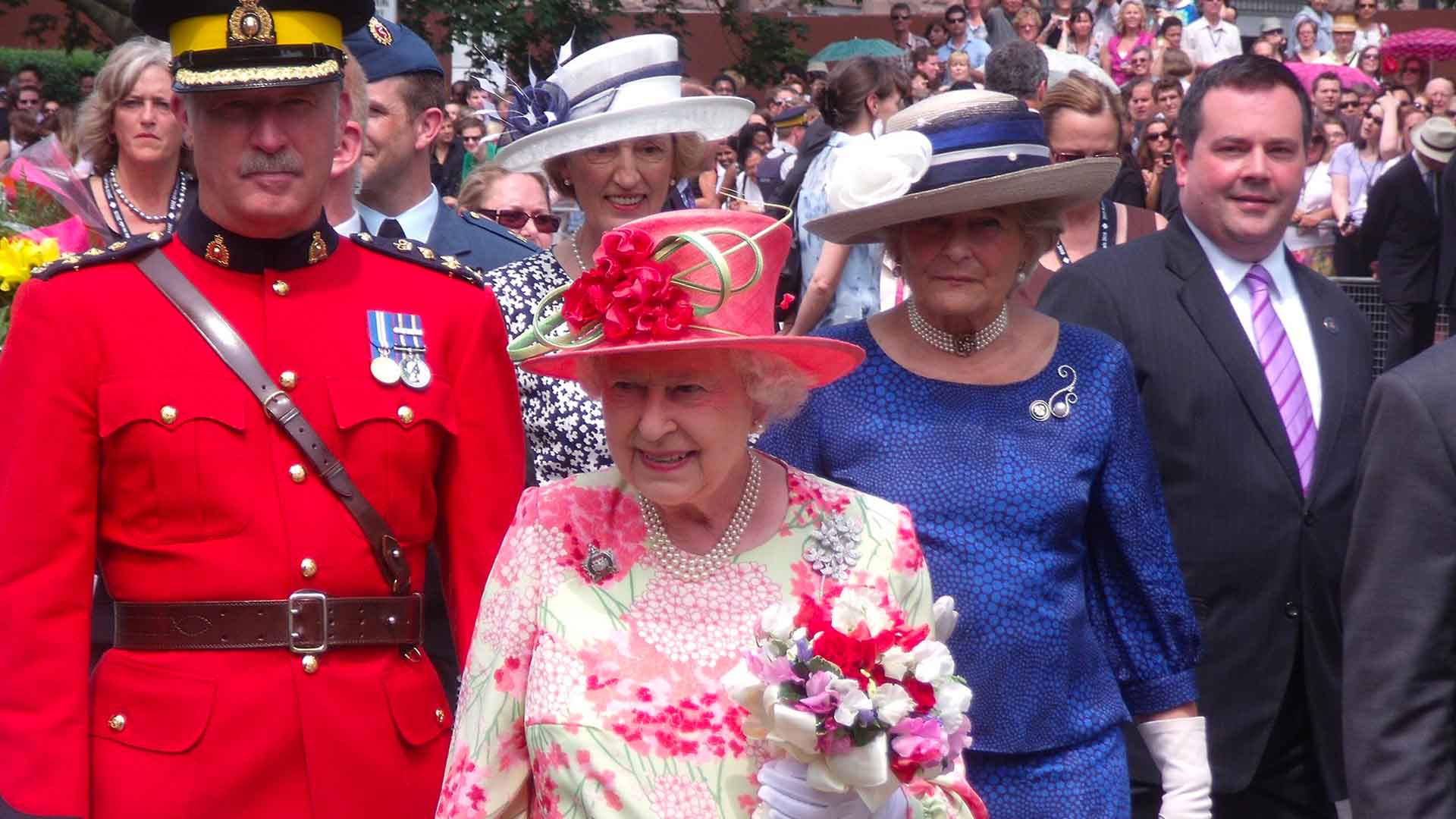
In 2022, royal confidant Lady Susan Hussey resigned after making racially insensitive remarks to charity boss Ngozi Fulani at an event. This brought issues of diversity and inclusion within the royal household to the forefront.
This incident prompted a renewed reflection on the monarchy’s values and its relationship with modern societal standards, again marking the importance of sensitivity and progress within the traditional institution.
The Royal Reality Behind the Crown
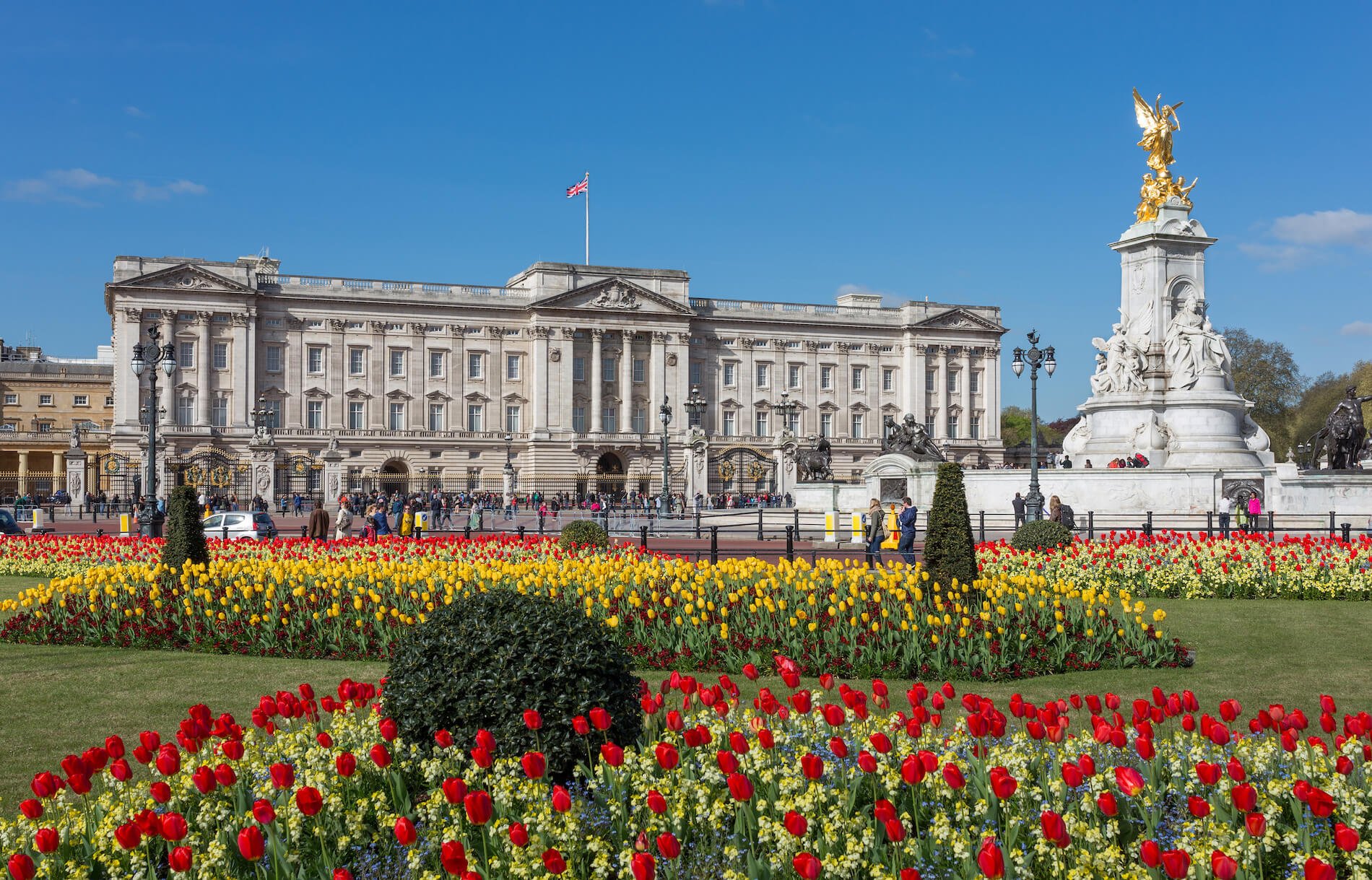
The scandals that have embroiled the British royal family over the years serve as stark reminders that beneath the crown and the regal facade lie real human experiences fraught with challenges, choices, and consequences.
These incidents not only shape the course of history but also reflect the changing dynamics of royalty and society, highlighting the need for continued adaptation and evolution within the monarchy, whether they are welcomed changes or not.


